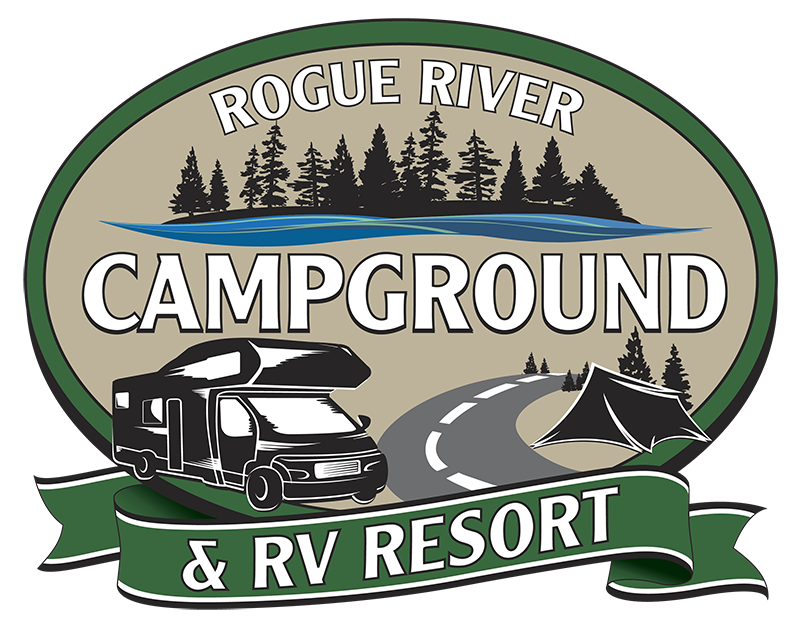HERE IS OUR THE BEST PLACES IN SOUTHERN OREGON:
-
Mt. Ashland
After winter’s snow melts and the ski lifts stop running, the fun doesn’t stop at Mt. Ashland — the tallest peak in the Siskiyou mountain range. There’s no better view than the one from the top, at 7,400 feet, which you can reach via the steep and challenging Summit Trail, with wildflowers and views of Mt. Shasta, Mt. McLoughlin and Pilot Rock along the way. Mountain bikers can also catch a shuttle up to 5,000 feet and bomb down the thrilling Mt. Ashland Super D trail, one of six spectacular trails in the Rogue Valley. If you’d rather take it easy, there’s space for that too. Take a relaxing amble along a nature trail with a pair of binoculars for some bird-watching, set out on a trail run; or check out a section of the Pacific Crest Trail, which passes right by. The city of Ashland (and all its arts, culture and dining) is 8.6 miles north of the mountain, while the Oregon–California border is just 5 miles south.
-
Rogue Valley Wine
Wine connoisseurs know and love Southern Oregon for its world-class wines and exquisite, family-owned and less-crowded tasting rooms. Here in Rogue Valley Wine Country, there’s plenty of room inside and out to spread out and admire views of rolling hills and vineyard sunsets. Spend a few days exploring the Bear Creek Wine Trail — Oregon’s warmest and driest wine-growing region, as well as the southernmost. Thirteen tasting rooms span a route of 21 miles, from Central Point at the north to Ashland at the south throughout the fertile Bear Creek Valley. The Applegate Valley Wine Trail includes another 19 tasting rooms stretching from Jacksonville northwest to Grants Pass, following the Applegate River with farms, lavender fields and country roads ideal for a Scenic Bike Tour.
-
Table Rocks
Seven million years ago, a volcano erupted and filled the Rogue River Valley with lava. As the landscape eroded, two plateaus stood behind, rising from Southern Oregon’s high desert like two “islands in the sky,” as the Table Rocks are often called. The Upper and Lower Table Rocks rise more than 800 feet from the valley floor and are magnificent places to visit, as long as you follow best practices to leave the space cleaner than you found it. Home to fragile ecosystems of plants and animals, they are official Areas of Critical Environmental Concern. For instance, Lower Table Rock is home to more than 200 wildflower species, including the extremely rare dwarf woolly meadowfoam, which grows nowhere else in the world. Consult the Bureau of Land Management’s guide on how to hike and camp at these geologic wonders, and see this guide to more Scenic Walks in the Area to pair with a tasty post-hike reward.
-
The Wild and Scenic Rogue River
Known for its emerald waters and lush forest canyon, the Wild and Scenic Rogue River is the lifeblood of Southern Oregon. It flows 215 miles from Crater Lake to the Pacific Ocean at Gold Beach, and 84 miles of it is designated as Wild and Scenic — meaning permits are needed for adventuring so it can remain pristine for generations to come. One of the best ways to experience the Rogue is on a guided Rafting Trip down the Rogue, catching thrills on Class 3 and 4 rapids with a knowledgeable guide at the helm. You can also hike the Rogue River Trail or book a one-of-a-kind Wilderness Retreat that includes riverfront lodging in addition to curated fishing, hiking, rafting and dining experiences. If you’re in Grants Pass, a scenic Jet Boat Ride is a fabulous way to cool off on the Rogue while hearing about its history and culture on the narrated tour.
-
Crater Lake National Park
If you’ve ever peered down from the rim at Crater Lake — the deepest, bluest lake in the U.S. — you’ve gotten a taste of its majesty. To really know this Oregon wonder is to hike some the national park’s 90 miles of trails, ride your bike along Rim Drive on a car-free day and stargaze at an elevation of 6,178 feet. The lake is the result of Mt. Mazama’s eruption 8,000 years ago; take time to learn its Creation Story, part of the rich Native history of the Klamath region. It’s all part of the endlessly gorgeous Volcanic Legacy Scenic Byway, a 140-mile stretch of highway from Diamond Lake south to Klamath Falls and Oregon’s southern border. The scenic byway takes road-trippers through the best of the best: where eons of eruptions and lava flows left a fiery heritage of cinder cones, pumice plains and unforgettable landmarks like Crater Lake.
